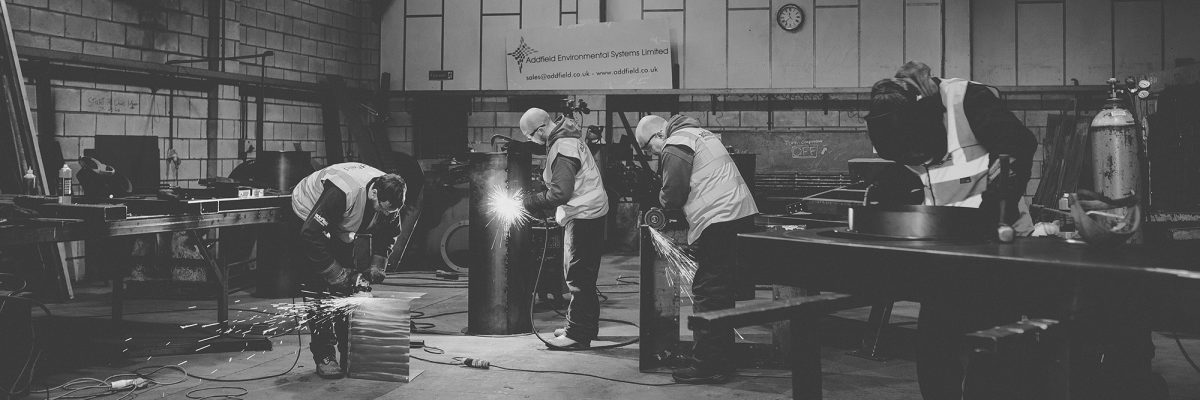Animal waste categorisation
Animal by-products (ABPs) are divided into 3 categories, based on the risks they pose.
Category 1 ABPs – are classed as high risk.
- Carcasses and body parts from zoo and circus animals or pets
- Animals used in experiments
- International catering waste
- Animals that are contaminated due to illegal treatments
- Wild animals suspected of being infected with a disease that humans or animals could contract carcasses and body parts from zoo and circus animals or pets
- Carcasses and all body parts of animals suspected of being infected with TSE (transmissible spongiform encephalopathy)
- Body parts that pose a particular disease risk
Category 2 ABPs – are classed as high risk.
- Digestive tract content
- Manure
- Dead livestock carcasses
- Poultry that is un hatched and has died in its shell
- Animals killed for disease control purposes
- Carcasses containing residues from authorised treatments
Category 3 ABPs – are classed as low risk.
- Aquatic animals, aquatic/invertebrates
- Products or foods of animal origin meant for human consumption but withdrawn for commercial reasons
- Domestic catering waste
- Carcasses or body parts passed fit for humans to eat, at a slaughterhouse
- Eggs, egg by-products, hatchery by-products and eggshells
- Shells from shellfish with soft tissue
- Hides and skins from slaughterhouses
- Animal hides, skins, hooves, feathers, wool, horns, and hair that had no signs of infectious disease at death
Processed animal proteins (PAP) are animal proteins processed from any Category 3 ABP except:
- Collagen
- Gelatine
- Eggs and egg products (including eggshells)
- Blood products
- Milk, colostrum or products derived from them
- Dicalcium phosphate and tricalcium phosphate of animal origin
- Hydrolyzed proteins Sourced from https://www.gov.uk/guidance/animal-by-product-categories-site-approval-hygiene-and-disposal
- British Designed.
British Built. - World leaders in
incineration technology. - Unrivalled build quality
& machine longevity. - Distributed to more
than 150 countries. - Environmentally
Responsible. - Trusted partner, over
40 years experience.


